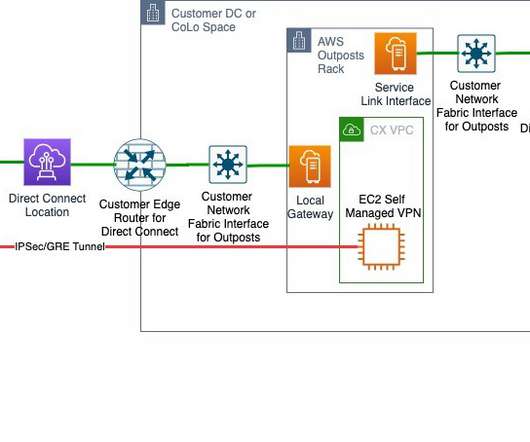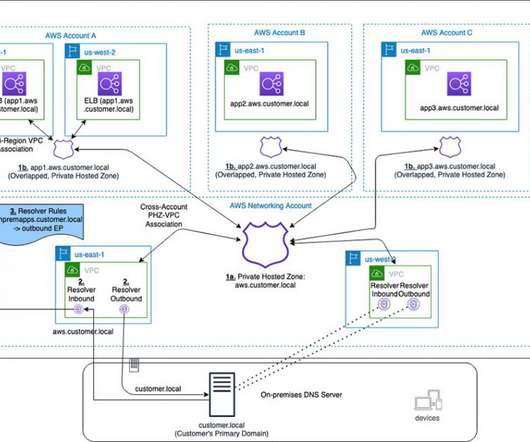Field Notes: Setting Up Disaster Recovery in a Different Seismic Zone Using AWS Outposts
AWS Disaster Recovery
NOVEMBER 24, 2020
With AWS, a customer can achieve this by deploying multi Availability Zone High-Availability setup or a multi-region setup by replicating critical components of an application to another region. In this blog post, I explain how AWS Outposts can be used for DR on AWS.











Let's personalize your content